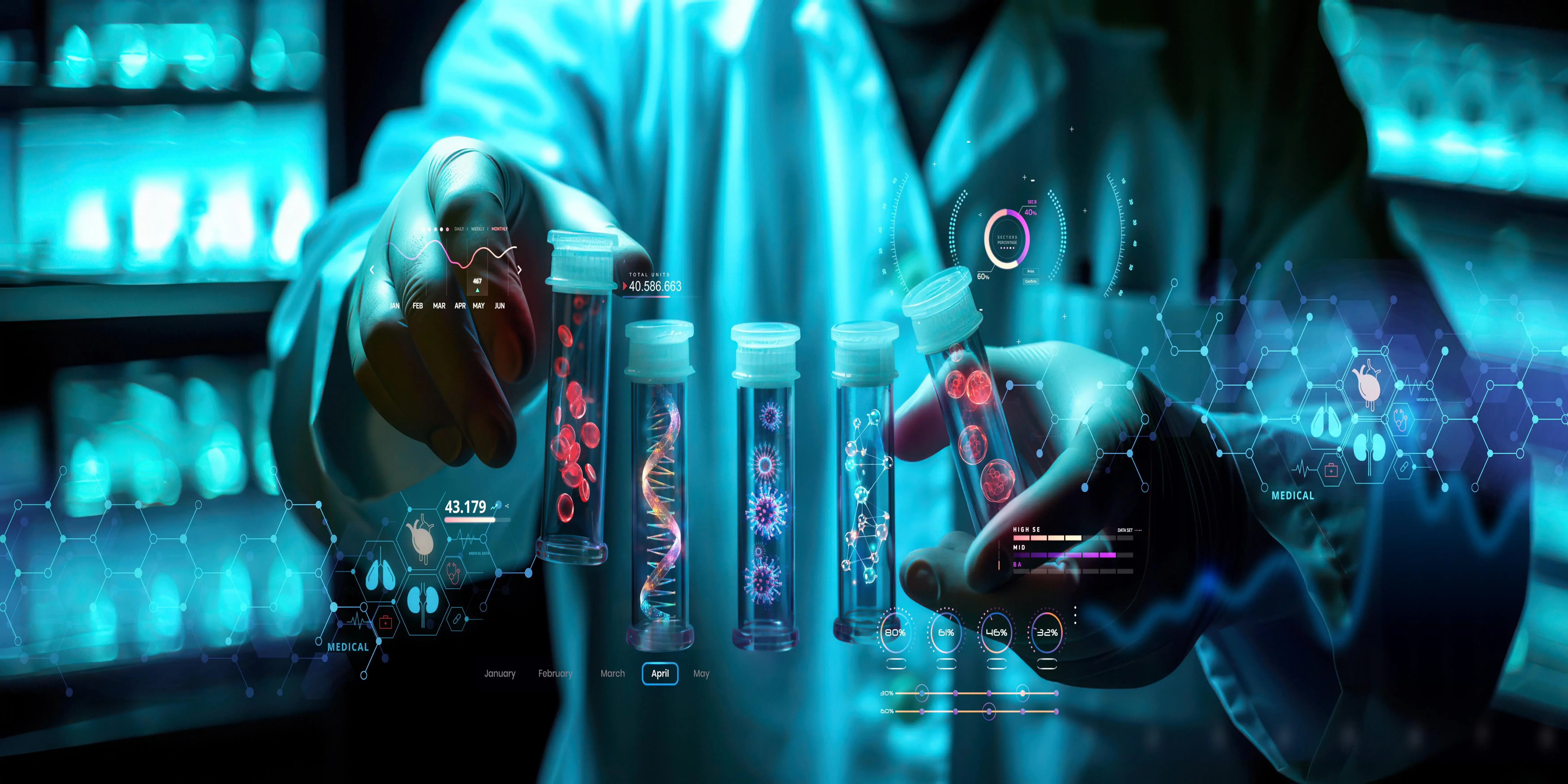The preclinical CROs play a very crucial role in the pharmaceutical and biotechnology development sectors. They offer third-party outsourced services to companies on issues related to the development or discovery of drugs, especially before the initiation of clinical trials. Preclinical CROs offer experience, state-of-the-art technology, and cost-effective procedures that reduce time and cost involved in the development of new drugs. This page will help readers to gain more knowledge of preclinical CROs, and also be aware of the role played by them, importance, and different stages of preclinical research.
What are Preclinical CROs
Definition and Purpose
Preclinical CROs act as a resource of experience in the areas of toxicology, pharmacokinetics, and biology to facilitate the discovery of novel drugs. Their key role is to help clients meet legal standards necessary before conducting actual clinical studies.
Type of services offered
Of course, offering a wide range of studies, ranging from normal study type to customized according to the needs of specific companies, preclinical CROs extend to a full spectrum, including pharmacokinetics, safety evaluation, and toxicity testing, besides such efficacy research and in vitro and in vivo studies. Besides this, the services may cover a regulation submission, while consulting all regulation guidelines followed by preclinical data.
Advantages of Outsourcing
Pharmaceutical and biotech companies often outsource preclinical research with CROs to save costs, reduce time-to-market, and acquire specific skills not readily available within the company. The outsourcing of the preclinical work using technical know-how and cutting-edge technology that CRO offers will allow businesses to focus on other parts of drug development.
Stages of Preclinical Research
Identification of Lead Compound
The earliest step in preclinical research identifies lead compounds or the would-be therapeutic candidates. Preclinical CROs find compounds to become drugs by applying high-throughput screening together with other advanced technologies.
In-vitro and in-vivo assays
Once a lead is isolated, it is then tested for its safety and efficacy in a series of in vitro, or test tube, and in vivo, or animal studies. These studies can be key in gaining an understanding of both pharmacodynamics-the ways that the drug acts on the body-and pharmacokinetics-the ways the medication is absorbed, distributed, metabolized, and removed.
Key Services Provided by Preclinical CROs
Toxicology Testing
Since toxicology also studies the possible adverse effects of the drug, it forms an essential part of a preclinical study. In this context, preclinical CROs perform acute as well as chronic toxicity studies in order to assess the suitability of a drug for human use.
Pharmacokinetics and Pharmacodynamics (PK/PD) studies
PK/PD studies are crucial in understanding what exactly happens within an organism as a result of administering a drug. Preclinical CROs depend upon the evaluation of ADME: absorption, distribution, metabolism, and excretion to predict the physiologic interaction of the drug molecule with humans. Such studies also determine the appropriate dose of the drug molecule for use in clinical trials.
Efficacy Studies
In efficacy studies, one determines the effectiveness of a drug in the treatment of the targeted disease. CROs carry out these studies both in in vitro and in vivo models in order to obtain solid information regarding any drug candidate's therapeutic advantages.
Safety Pharmacology
Studies on safety pharmacology are devised to determine potential adverse effects or risks that a drug may bring, especially concerning vital organs like the kidneys, liver, and heart. In the early stages, before a drug is tested on human subjects, preclinical CROs check whether there are no significant hazards concerning patients' health.
Preclinical Regulatory Compliance
Good laboratory practice (GLP)
There is a set of guidelines referred to as GLP guidelines instituted towards ensuring the quality and integrity of non-clinical laboratory studies. It is therefore important that preclinical CROs prepare their studies under GLP guidelines when the studies are going to be submitted in regulatory agencies.
Regulatory Submissions
Preclinical CROs would, therefore collect information that would be prepared and submitted according to regulatory requirements to the concerned authorities. This includes FDA-approved IND applications, which are required for a medication before it enters into clinical trials.
Meeting International Standards
Preclinical CROs need to make sure that all such multinational companies follow international regulatory requirements. Such compliance includes, in the words of Broadus, " compliance with regulations issued by bodies such as the International Council for Harmonization of Technical Requirements for Pharmaceuticals for Human Use, or ICH.".
Conclusion
An indispensable part of the drug development process, preclinical CROs give biotechnology and pharmaceutical companies the scientific know-how, resources, and equipment for the design, development, and introduction of new medications to the market. Preclinical research ensures that these potential cures are tested up to an acceptable level under rigorous conditions, from very early discovery to regulatory compliance, before exposure to human clinical trials. Preclinical CROs will have a more critical role in shaping the future of healthcare in the forthcoming years. Healthcare will change with discoveries made under technological and personalized medicine breakthroughs.



